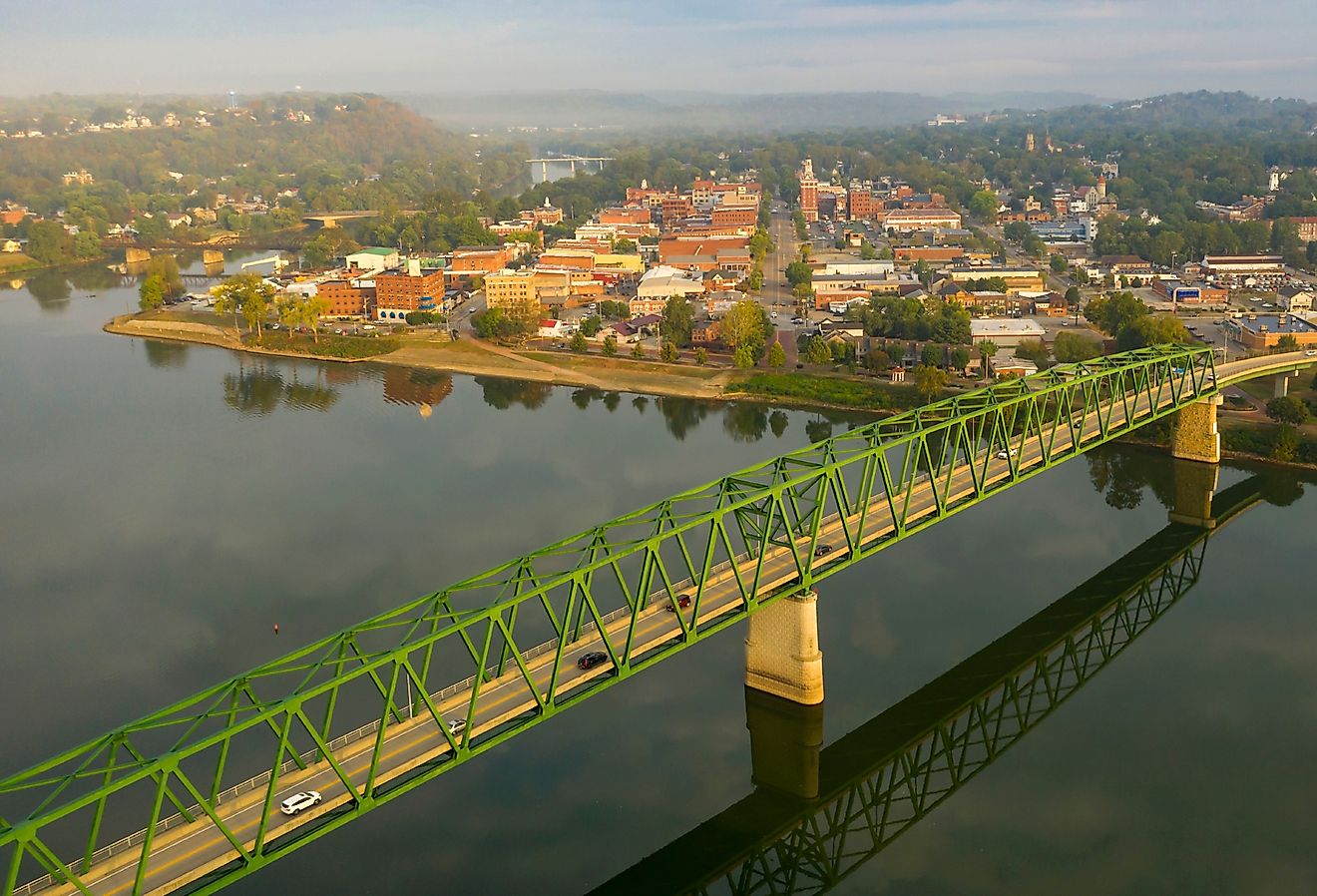
Norfork Dam
Norfork Dam is a large gravity dam that spans the North Fork River in Baxter County in the north-central part of Arkansas, United States. The dam’s construction began in the spring of 1941, making it one of the oldest multi-purpose concrete structures built by the US Army Corps of Engineers. The Norfork Dam led to the creation of the Norfork Lake, and both the dam and the lake have been named after the neighboring town of Norfork.
About The Norfork Dam

The Norfork Dam is one of the four multi-purpose dams constructed in the upper White River basin mainly to control floods, generate hydroelectric power, and provide excellent recreational opportunities. The dam is located about 4.8 miles upstream from the town of Norfork at the meeting point of the White and North Fork Rivers. The top of the Norfork Dam supports a two-lane roadway that forms a part of Arkansas Highway 177. This 2,624ft long concrete dam is situated approximately 222ft above the stream bed and is 200ft thick at its base. Eleven conduits run through the bottom of the spillway section of the dam, and slide gates control the flow of water through these conduits. Four steel-lined penstocks, each 18ft in diameter, supply water from the lake to the turbines in the powerhouse. In addition to this, there is an overflow spillway through which 12 radial-type crest gates control the water flow. It is also estimated that the Norfork Dam contains approximately 1,500,000 cubic yards of concrete and about 2,000 tons of reinforcing steel. The Norfork Dam has led to the creation of a 43-mile long Norfork Lake, which has more than 890km of shoreline and covers an area of 8,900 ha. A major part of the lake is within Baxter County, while its northernmost part is within the Ozark County of the US State of Missouri. About 37% of the lake’s storage capacity is used to control floods, while the remaining portion is used for power generation and regulating natural streamflow. Norfork Lake contains 19 recreational parks that offer visitors many recreational opportunities like boating, water skiing, hiking, camping, and picnicking. Several fish species are found in Norfork Lake, including catfish, walleye, crappie, bass, bream, red-eared sunfish, etc., making it a popular Mid-South fishing destination. The Norfork National Fish Hatchery, constructed on 43.9 acres below the Norfork Dam, produces more than 500,000 pounds of trout every year.
Construction History

Before the construction of the Norfork Dam began in the late 1930s, the local economy of Baxter County was deteriorating, and the yearly per capita income ranged between 100 to 200 US dollars. Moreover, more than 600 small farms were abandoned in 1940 alone. Several far-sighted persons of North Arkansas had visualized the wasted opportunities due to leaving the waters of the North Fork River unharnessed and allowing it to wreak havoc on the crops in the White River Valley. Clyde T. Ellis – the congressman from Arkansas’ third district, promised the construction of a dam that would provide cheap hydroelectricity and lead to the growth of industries and lift the region from the depths of depression. The Flood Control Act, which US President Franklin D. Roosevelt signed on June 28, 1938, authorized the construction of six dams and reservoirs for the White River and its tributaries. However, hydroelectric power generation was initially not included in the Norfork Dam project. Therefore, additional funding and authorization for hydropower were obtained from the Flood Control Act of 1941 due to the relentless efforts made by Congressman Clyde T. Ellis. The construction of the Norfork Dam began in the spring of 1941, and the construction contract was awarded to the Utah Construction Company and Morrison-Knudsen Company, Inc., by the Little Rock District of the US Corps of Engineers. The Norfork Dam became one of the country’s six biggest concrete dams after its construction was completed in 1944. The construction of the Norfork Dam and the reservoir led to the relocation of more than 400 people from one of Baxter County’s most heavily populated and prosperous regions. Nevertheless, the Norfork Dam had started attracting several tourists from the beginning, which greatly helped in the region's economic prosperity.











